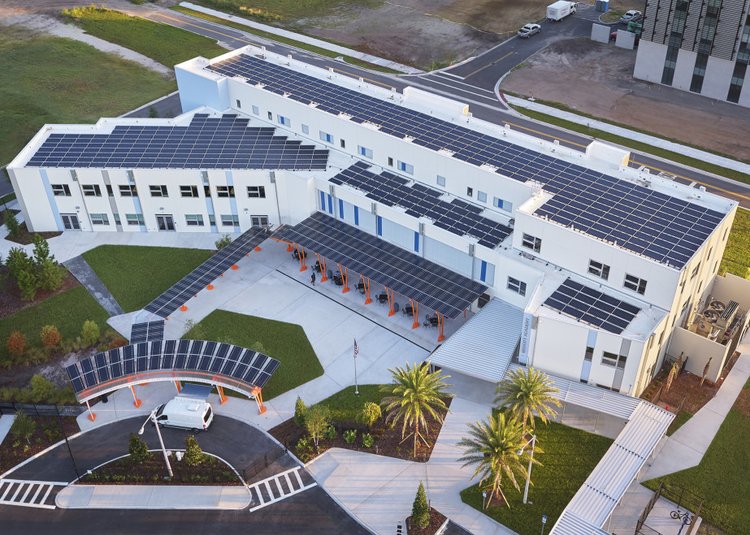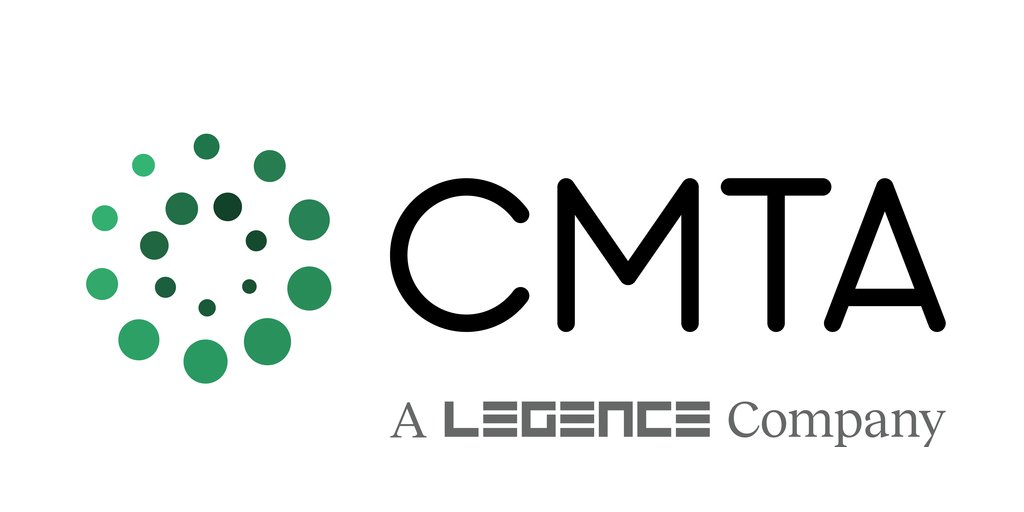Originally founded as an engineering consulting company, CMTA now has a thriving energy solutions division that helps commercial organizations upgrade and renovate facilities through energy conservation measures (ECMs). Solar is one of those ECMs.
Carson Stewart, a mechanical engineer on the CMTA Energy Solutions team, is a member of the eight-person team who helps with surveys and designs. In a Q&A interview with Scanifly, Carson explained more about his own journey into solar and how CMTA uses Scanifly for large commercial projects.
How has your role at CTMA evolved?
I worked as a mechanical engineer for a couple years before starting at CMTA to help with commercial performance energy contracts, mainly in K-12 schools, colleges, and some local municipalities.
When I first joined, the team was pretty small and the Energy Solutions division was just starting to grow Solar as a staple ECM. At the time, we used rudimentary methods for solar assessments and drawings. We went up on the roof, drew things by hand, and worked pretty hard to transfer them into real drawings and project plans.
As the business started to grow, we knew we needed a better solution. We staffed up – expanding our solar team to eight members, which is still small for our industry – and started thinking about how technology could help us save time. Eventually, that brought us to drones and using Scanifly.
What was your work process before Scanifly? How long did it take?
Our assessment team is made up primarily of engineers since we’re designing large systems—half-megawatt systems are pretty regular for us.
As a result, our assessments took a long time and cost a lot of time and money. We often travel to sites because of our specialty, so that means flights, hotels, transit, and food for a minimum of two people.
Here’s an example that’s pretty common for us: We had to fly to a site and measure it manually. For safety reasons, we needed two assessors on the site. The roof was so big it took us four days to do it properly. The costs and time were huge, and this is a fairly ordinary type of work for us.

photo courtesy of CMTA, Inc.
What value do you get from Scanifly?
Since bringing Scanifly into the company, we’ve saved a lot of time and money. It comes down to a few areas.
Faster, safer surveys: It used to take us a minimum of four hours with two assessors to do a commercial roof properly. With Scanifly, we can get the same assessment done in half the time (or less) with only one assessor. It also means we don’t have to go on the roof, which means it’s safer for everyone.
Easy data collection: We save a ton of time not having to reread our notes, try to make out a messy number, or remember exactly where an obstruction is on the roof. Scanifly does all that for us automatically (and accurately).
More accurate CAD designs: Our drawings are CAD heavy, so the Scanifly export feature makes it way faster and easier. It saves our team time and is helpful down the line cause we can send the export to installation contractors.
Less travel / fewer truck rolls: Instead of two people traveling to a site, we can get most sites done with one person and a drone. For local sites this means fewer truck rolls, but for far away sites it means lower costs for flights, hotels, and food. It’s also great cause we’re confident in the accuracy of a Scanifly image, meaning we don’t have to worry about going back for more measurements later.
Marketing: We use drone images in our marketing efforts and to show prospective customers, which has been a differentiator for us in our space.
Was building a drone program easy?
We first started using drones to capture site conditions before and after doing construction, so we were familiar with flying them. However, the new team members learning to fly drones was fairly easy.
We built our program by having one drone expert on the team teach other people. I was able to take over after watching him fly a few times, and now I help train people as they come onto the team. A lot of drones almost fly themselves these days too, which makes it even easier to get up to speed.
Overall, it wasn’t that difficult and the benefits are completely worth the effort. But I have to say benefits don’t come from just a drone, they come from Scanifly. The software has saved us a lot of time that we can use to do more assessments and get more projects out there.






